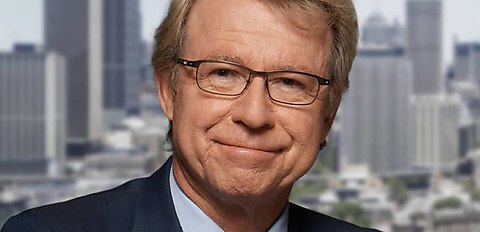The central bank’s decision to raise the cash rate for 10 consecutive board meetings (raising the official cash rate from 0.10 per cent to 3.60 per cent this month) has been criticised by AMP’s chief economist Shane Oliver at AMP Bank’s Market Insights hybrid event and webinar on Tuesday (14 March).
Responding to a question from the audience about whether he believed the Reserve Bank of Australia (RBA) was considering the fact that many home borrowers had yet to feel the impact of rising rates given a substantial proportion are on fixed rates (and will likely be facing much higher rates and serviceability changes when the ‘fixed rate cliff’ hits later this year), Mr Oliver said: “I don’t think the Reserve Bank is allowing enough, no, I don’t think they are.
“I think it’s a bit like [this]. You could drive to Brisbane right now [from Sydney] … you could go full blast at the maximum speed limit but then you run the risk of an accident. I think you should probably slow down, probably [go] below the speed limit, and at points in time have a little rest along the way. And if you do that, you’ll have less risk of blowing up because that will give you the opportunity to assess how things are going and keep an eye on what’s happening.
“Raising rates every meeting is a bit crazy, but it seems to be the fashion.”
Mr Oliver outlined that rate hikes also take months to be felt in the economy, explaining that while banks pass on the rate hikes after the monthly meeting, it usually “takes a while” for borrowers to reduce spending and for businesses to start feeling the pain and laying off workers.
“That takes six months or 12 months and they’re not allowing enough time for that result,” he said.
The AMP chief economist likened the rate-hiking behaviour to that of the late 1980s, when the RBA hike cycle continued as people kept spending, eventually hitting a record-high level of 17.5 per cent in 1990.
“Paul Keating kept saying that things were so strong the champagne was overflowing the sides of the glass, it was so ‘effervescent’ in the economy. But then, by 1990, it all turned around and we were having the recession ‘we had to have’,” Mr Oliver said.
“They didn’t notice that unemployment had kept falling all through that time, because of the lags. So suddenly it was a huge problem.
“So I think they [the RBA] really should have slowed down in the last meeting, they should have had a pause.”
Mr Oliver said he was also worried about the fact that many borrowers may become ‘mortgage prisoners’ when refinancing or coming off their low fixed rates, given that the serviceability buffer (3 per cent over product rate) may mean they’re unable to service new loans.
He said the group was consequently forecasting a “big slowdown in the economy and unemployment will go up”.
“When you look at the so-called [savings] ‘buffers’, they’re concentrated with people like me; older people whose kids have left home … the worry is the 25–45-year-old demographic,” he said, suggesting those with young children/dependents would be hardest hit,” Mr Oliver said.
Mr Oliver told delegates that someone who may have had a 20 per cent deposit and was on full-time earnings had seen capacity to pay for property drop by about 25 per cent.
“It all adds up, to me, to pause here and let some of the dust settle,” he reiterated.
[Related: Have we hit the bottom of the market? Economists deliberate]
